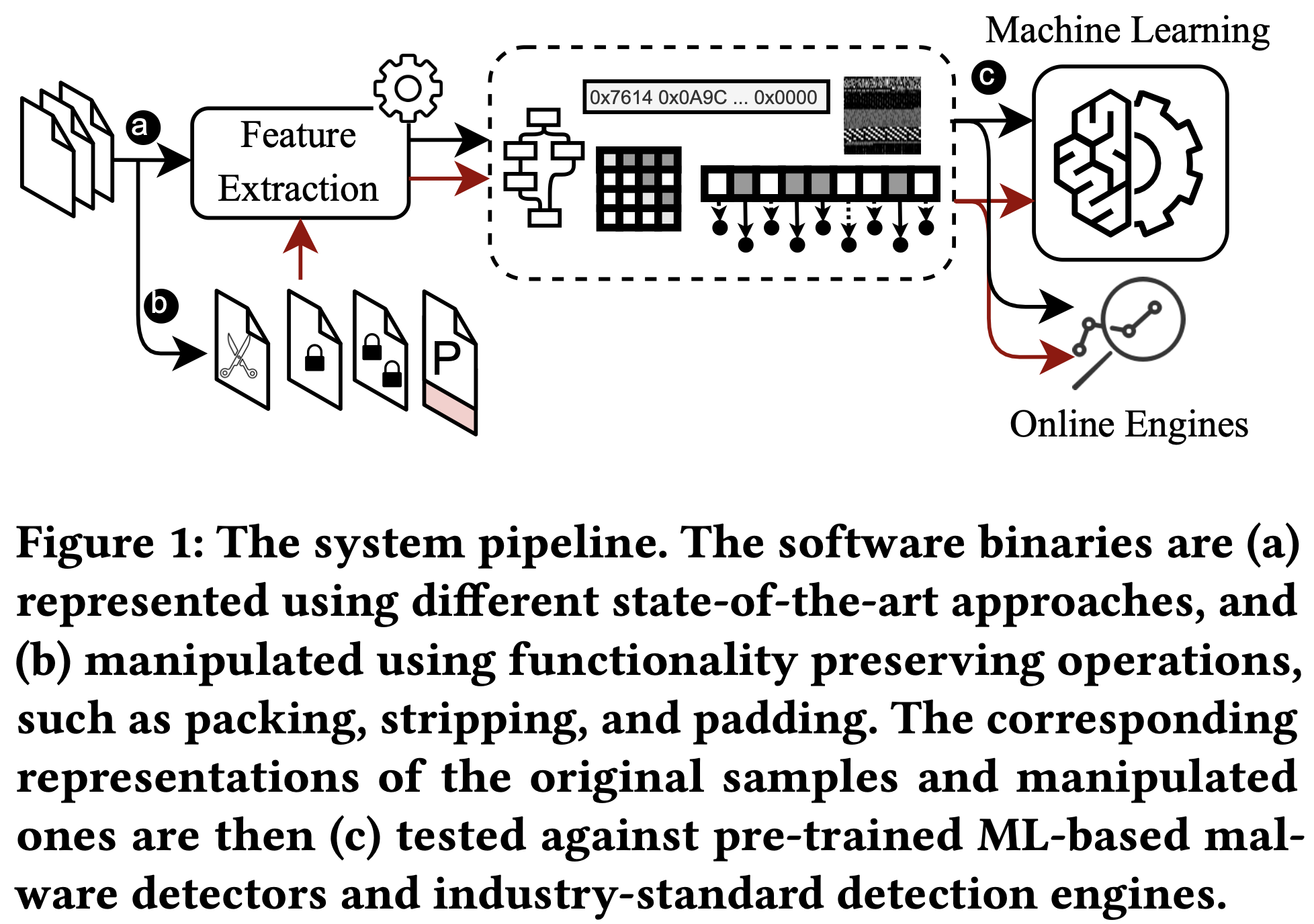
I am pleased to announce that our paper “Systematically Evaluating the Robustness of ML-based IoT Malware Detection Systems” authored by A. Abusnaina, A. Anwar, S. Alshamrani, A. Alabduljabbar, R. Jang, D. Nyang, D. Mohaisen is accepted (just passed the shepherding) in the 25th International Symposium on Research in Attacks, Intrusions and Defenses (RAID 2022).
This paper deals with the issue on the performance of ML-based IoT malware detectors against malware mutations. Results show that even the state-of-the-art technologies are suffering from incompetence in detecting even simple mutations like functionality-preserving operations (packing, stripping, and padding). This calls for research community to put their efforts towards testing the robustness of malware detectors.
Congratulations to all!

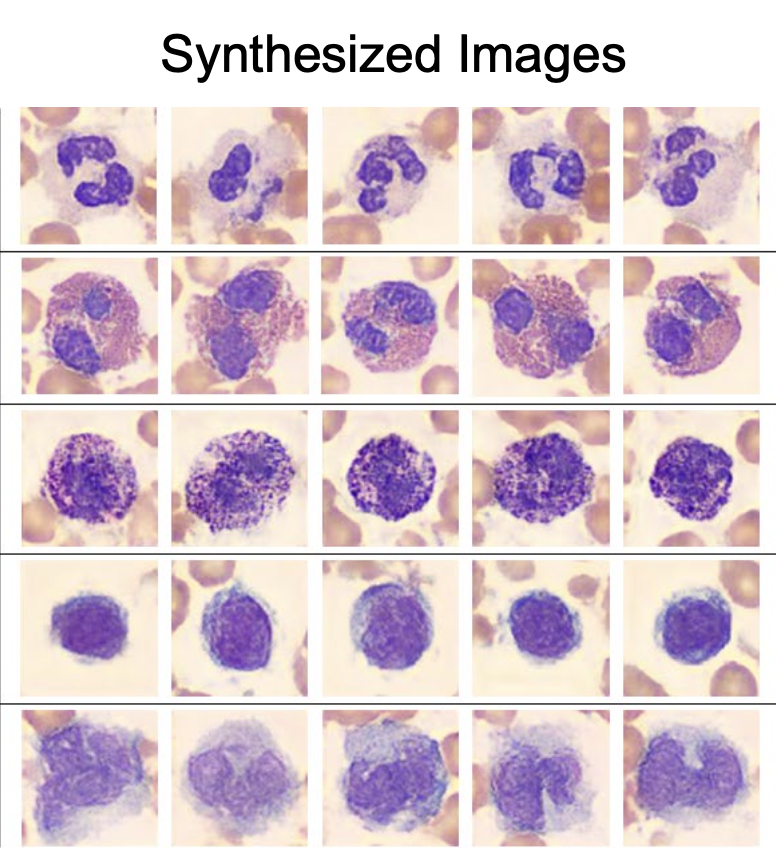
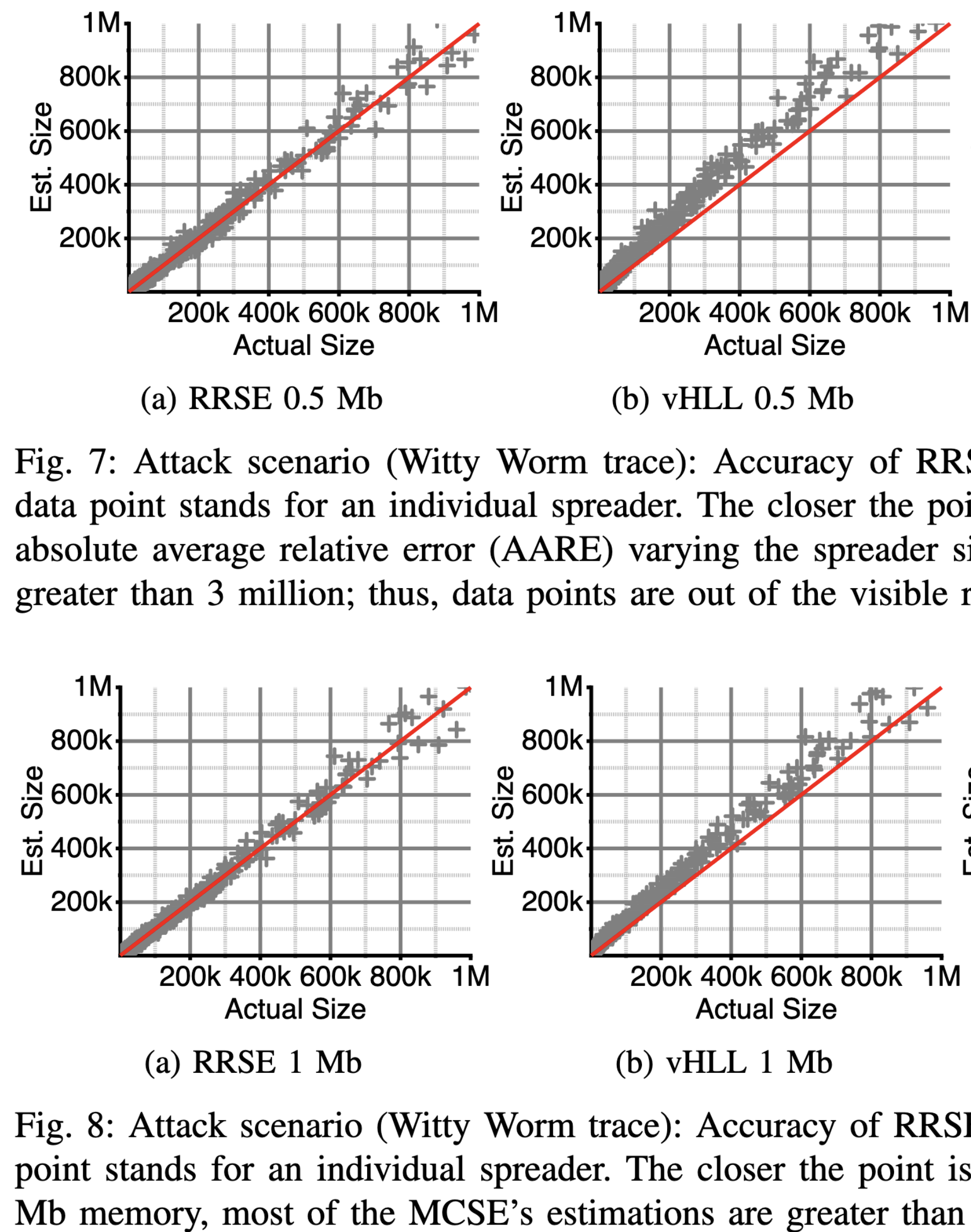


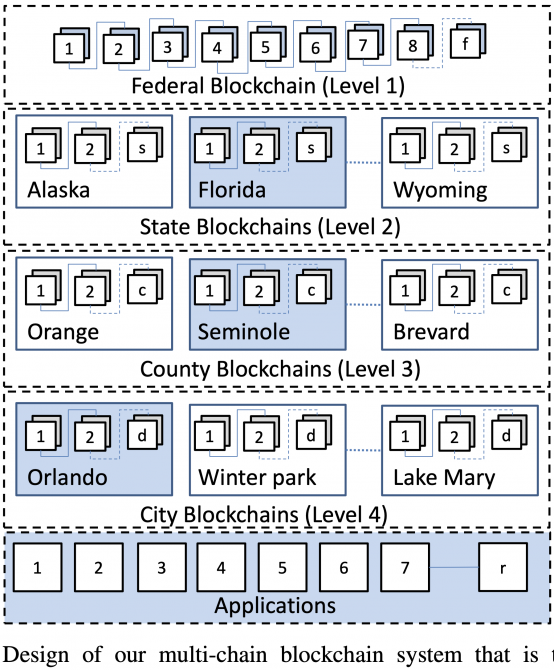
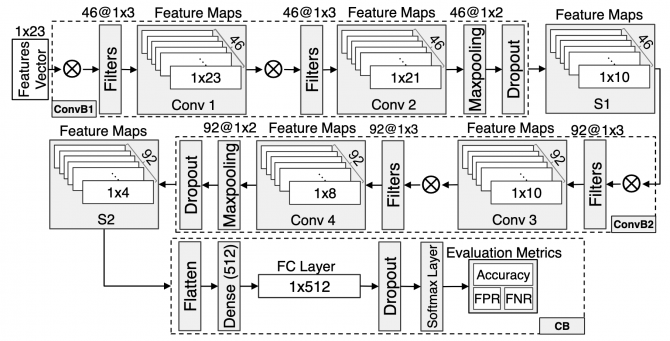
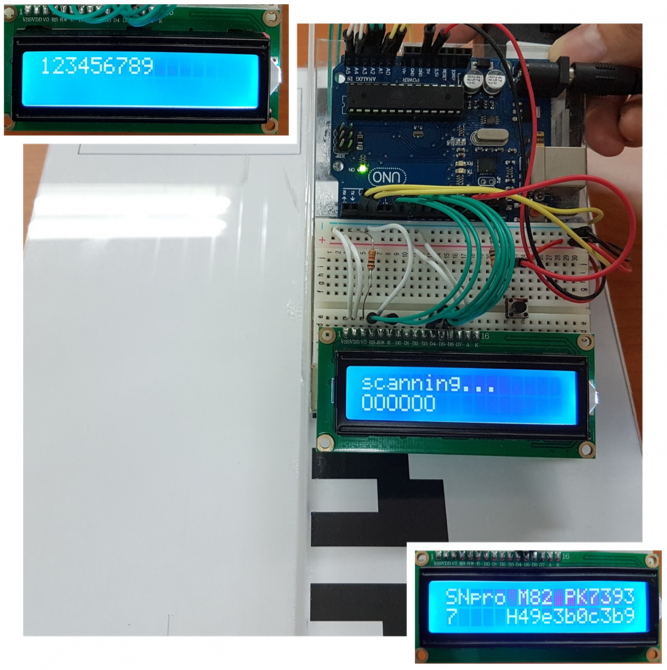
 Me, waiting for the award in NetSec-KR 2021 after keynote speech.
Me, waiting for the award in NetSec-KR 2021 after keynote speech.
